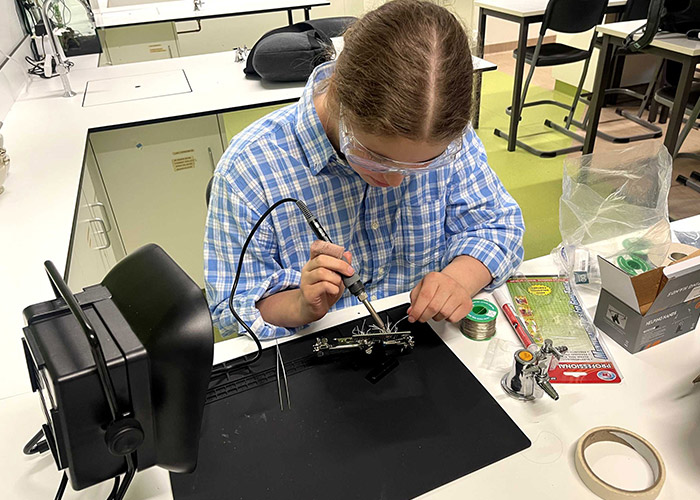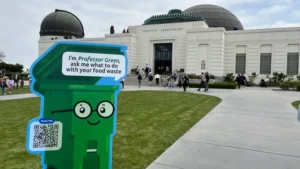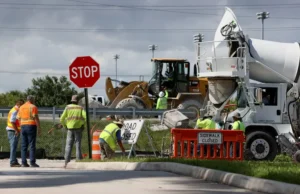Key Takeaways
- Over 60 Western Australian high school students have developed payloads for Curtin University’s BinarX program, aimed at launching into orbit.
- The program allows students to gain hands-on experience in aerospace, with their work integrated into the Binar-5 cube satellite.
- BinarX has significantly expanded since its inception, offering pathways to careers in the growing space sector.
Innovative Space Project Engages Students
More than 60 high school students in Western Australia are poised to see their scientific creations launched into orbit through the BinarX program at Curtin University’s Space Science and Technology Centre (SSTC). This unique initiative provides students the opportunity to design and construct actual spaceflight payloads, which will be tested in space.
Students from eight Perth schools presented their completed projects at a showcase event, marking the culmination of an 18-month development process. Their payloads will be integrated into Curtin’s Binar-5 cube satellite, scheduled for launch next year. In addition, two teams will send their experiments aloft via a high-altitude balloon mission later this year.
Launched initially in 2021 with just two schools, BinarX has grown substantially, emphasizing hands-on learning while fostering skills applicable to the expanding aerospace sector. Professor Phil Bland, Principal Investigator for the Binar program, stated, “This is more than a classroom exercise; these students are contributing to real space missions.” He noted that BinarX is one of Australia’s few initiatives that allow high school students to create actual flight-ready hardware destined for orbit.
SSTC Director Associate Professor Nick Timms highlighted BinarX’s role in enhancing Western Australia’s reputation in space technology, saying, “The future of space exploration starts right here in our schools.” He underscored the program’s unique opportunity for students to engage directly with hardware that will leave Earth.
Dr. Robert Howie, a Research Fellow at SSTC, reiterated the program’s broader benefits for Western Australia, emphasizing its aim to inspire the next generation of space scientists and aerospace professionals. He remarked, “By the time these students graduate, they’ll already have contributed to a space mission – which is a wonderful launchpad for a future career in the space industry.”
Since its establishment in 2017, the Binar Space Program has successfully launched four satellites and is now focused on deploying the next generation. Binar-5, along with Binar-6 and Binar-7, will not only carry the students’ experiments but also test cutting-edge technologies for deep space missions and improve Earth observation and navigation systems. These advancements follow a series of successful missions, including the launch of Binar-1, the first satellite built in Western Australia to reach orbit.
The content above is a summary. For more details, see the source article.















